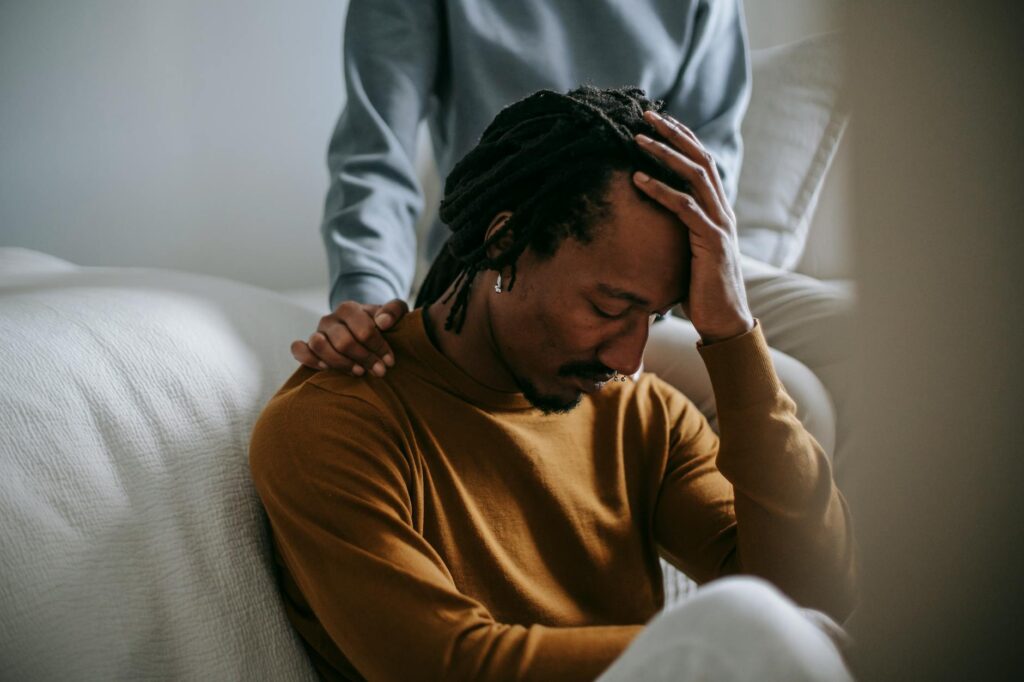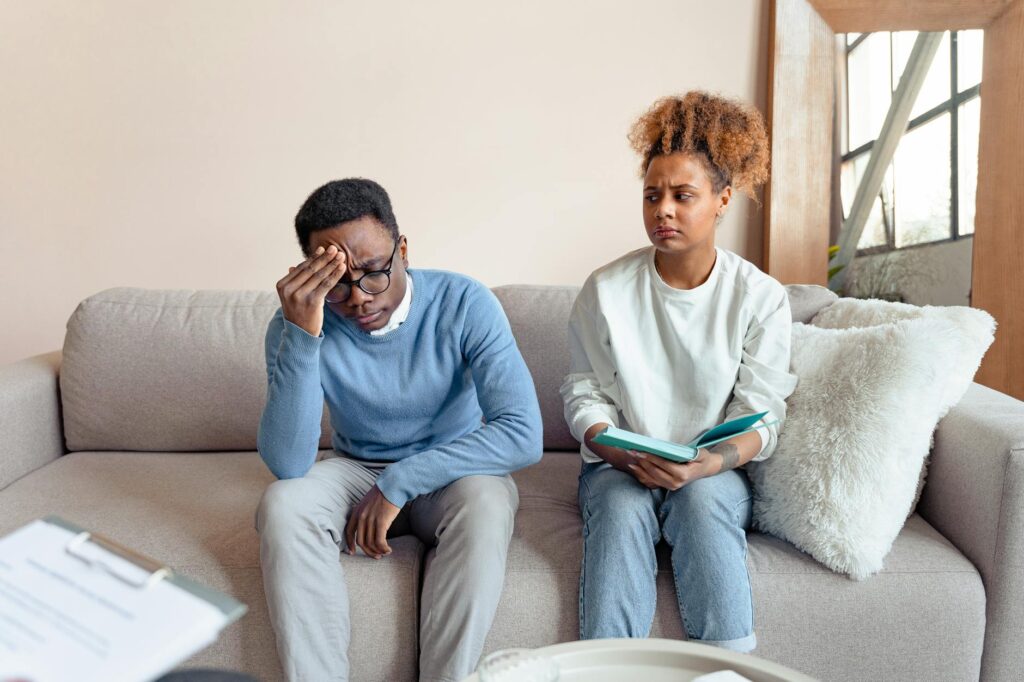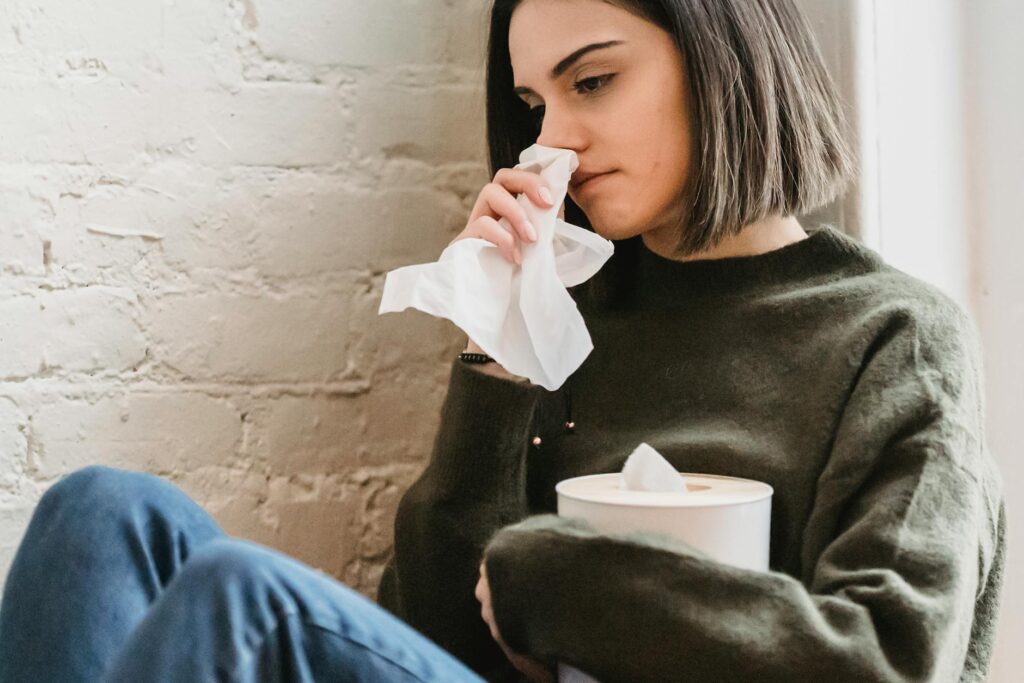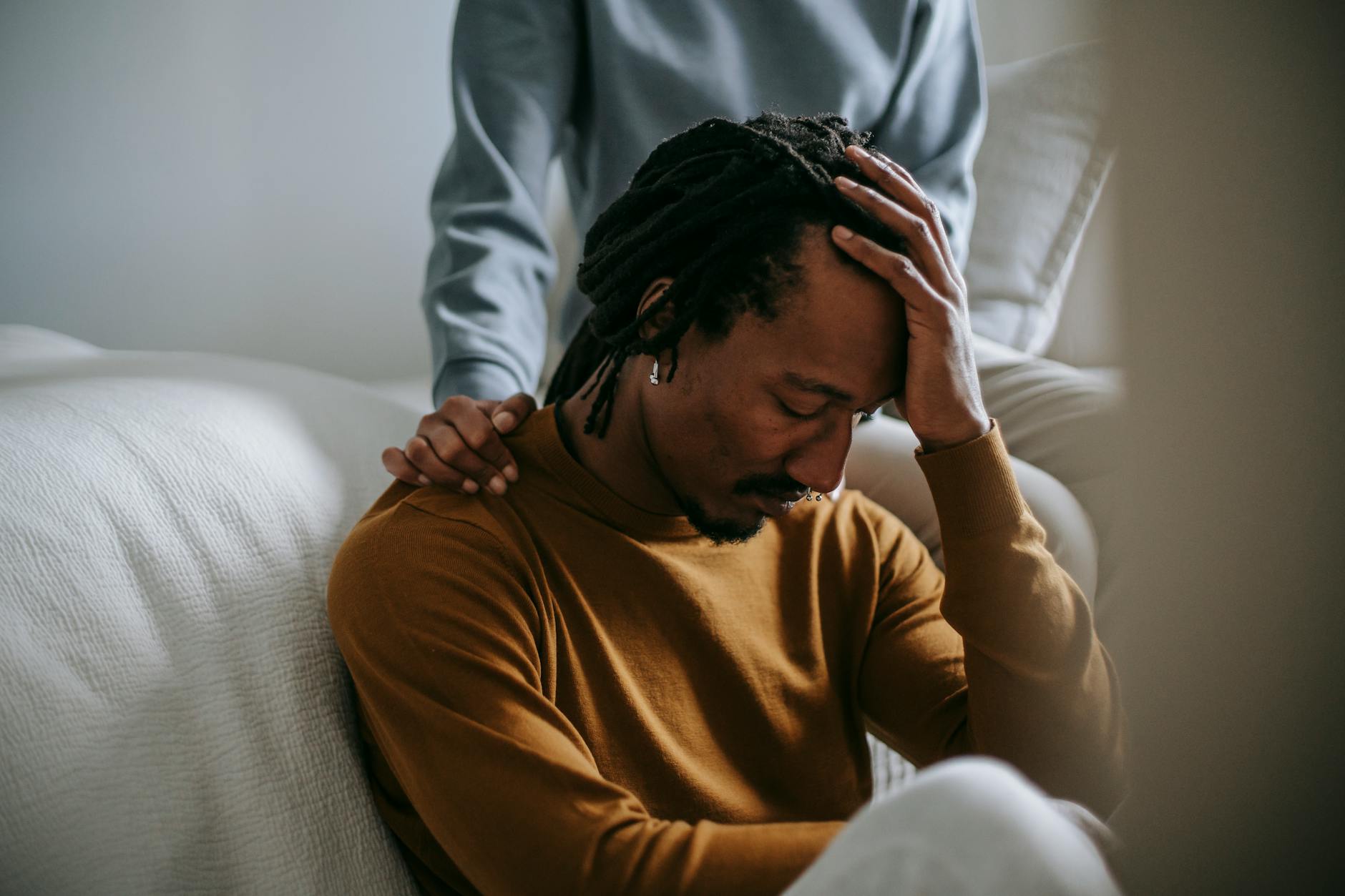Introduction
Colors silently orchestrate our moods and emotions. They’re not just visual elements; they’re psychological triggers that profoundly impact how we feel in our homes. Understanding the psychology of color allows us to curate spaces that nurture our well-being. Let’s explore how different hues affect your mood at home.
The Calming Power of Blues and Greens
Blues and greens are often associated with nature, evoking feelings of peace and tranquility. Light blues can create a sense of spaciousness, while deeper blues promote relaxation and calmness. Greens, particularly softer shades, have a similar effect, reducing stress and promoting a sense of balance. 
The Energy of Yellows and Oranges
Yellows and oranges are vibrant and energizing. Yellow, particularly in its lighter forms, can stimulate creativity and uplift mood. However, in excess, it can become overwhelming. Oranges, on the other hand, are warm and inviting, fostering a sense of enthusiasm and sociability. Use these colors strategically, perhaps in a kitchen or dining area where energy is desired. 
The Passion of Reds and Purples
Red is a powerful color associated with passion, energy, and excitement. While it can be invigorating, it’s best used sparingly in the home, as excessive red can be stimulating and even overwhelming. Purples, particularly deeper shades, exude luxury and sophistication, and can promote creativity. Consider adding a pop of red or purple in an accent wall or through decor. 
The Neutrality of Whites, Greys, and Beiges
Neutral colors like whites, greys, and beiges form a calming base for your home decor. White promotes cleanliness and serenity, but in large amounts, it can feel sterile. Greys offer a sophisticated neutrality, and beiges create a warm and inviting atmosphere. These colors are excellent backdrops for adding pops of bolder colors.
The Psychology of Color in Different Rooms
Consider the function of each room when choosing colors. Calming blues and greens are ideal for bedrooms and bathrooms, promoting relaxation and rest. Energetic yellows and oranges are better suited for kitchens and living rooms, where activity takes place. Learn more about choosing colors for different rooms.
Using Color to Create a Mood
Color psychology goes beyond individual hues. The intensity and saturation of a color also play a significant role. Pastel shades are generally calming, while bold, saturated colors are more stimulating. Experiment with different shades and combinations to achieve your desired mood. [IMAGE_4_HERE]
Accessorizing with Color
Don’t forget the power of accessories! Pillows, throws, rugs, and artwork can all be used to add pops of color and enhance the mood of a space. Small changes in color can have a big impact on the overall feel of a room. Adding pops of color can completely change the mood and ambience. Explore creative ways to use color in home decor.
Conclusion
By understanding the psychology of color, you can create a home environment that truly reflects your personality and supports your well-being. Experiment with different hues, and don’t be afraid to express your creativity! Remember that personal preference is key, and there’s no single ‘right’ way to use color in your home. Find more inspiration and tips here.
Frequently Asked Questions
What is the best color for a bedroom? Blues and greens are generally considered ideal for bedrooms as they promote relaxation and sleep.
How can I use color to make a small room feel bigger? Lighter, cooler colors tend to make rooms feel more spacious.
Can color impact my productivity? Yes! Energetic colors like yellows and oranges can stimulate creativity and productivity, while calming colors can be better for focused work that requires concentration.
How do I know which colors go together well? Look for colors that are next to each other on the color wheel (analogous colors) or colors that are opposite each other (complementary colors).





